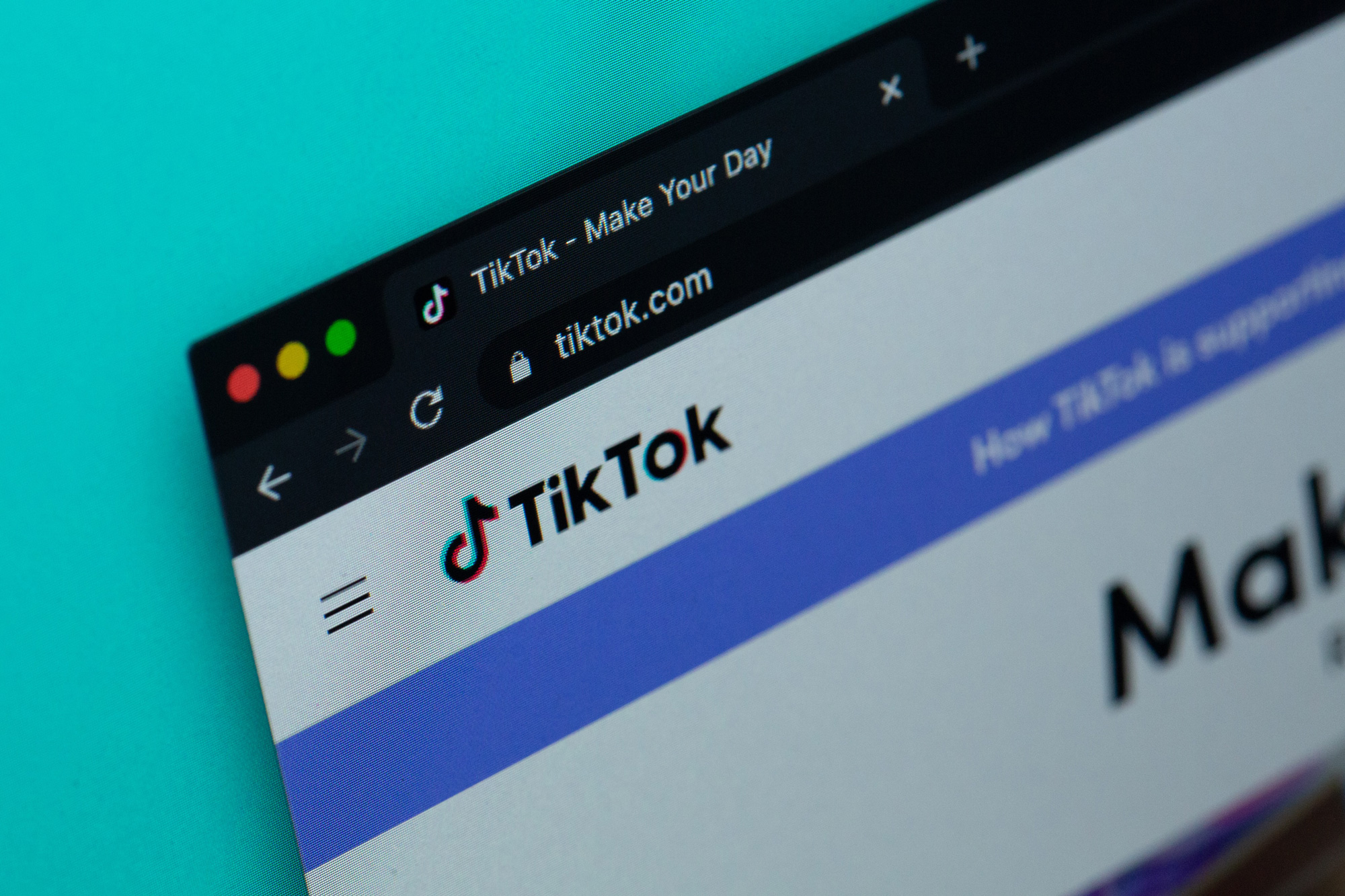
TikTok Time for Comms
TikTok might be known for stunts, pranks and quirky dances, but the social media platform should not be dismissed as a youthful timewaster. Boasting an audience of 1 billion people, lending itself the social media app of the moment, one can see it has the potential to be the communications epicenter of the future.
The outbreak of the Covid-19 pandemic, forcing us into a national lockdown, inevitably affected the world of communications, both socially and in the workplace. Businesses had to develop and enhance their communications capabilities both internally and externally, and one thing became abundantly clear, that technology could make us feel closer, even when we were forced apart.
Over the past two years, as a result of the pandemic, business etiquette has evolved. We can see a development to a more casual form of communication in business, through applications such as Microsoft Teams, Zoom and LinkedIn. No longer fazed by a cameo from your cat or partner coming out of the shower as you conduct your weekly catch up online; locked away or not, a business cannot be effective without communication, and this can be just as powerful online.
How have our styles of communication changed?
Our busy lives and need for instant gratification is exemplified through the popularity of short, videos and visual imagery now commonly utilised by applications such as TikTok. As online audiences crave short and visual images, the future of comms lies in short visual engagement for more memorable and effective communication. As Mary Keane-Dawson, Group CEO of Takumi explains, visual images get to the brain much faster than text, therefore creating greater engagement with viewers.
With this change in consumption of social media, platforms such as Facebook and Twitter face great competition. Mark Zuckerberg (founder of Facebook) acknowledges this through his implementation of Reels and increased focus on short form videos. These Reels recreate the instant, fast-paced videos TikTokers are voraciously consuming. Facebook is in danger of losing its grip in the changing digital market, as its ageing user population settle with constant advertisement juxtaposing the instantaneous videos of TikTok.
The arising TikTok phenomena
Owned by Chinese company ByteDance, the app began as three different apps. Originally called Musical.ly in 2014, ByteDance owned Douyin, a similar service. Eventually in 2018 ByteDance bought the app beginning the social media sensation.
The influence of TikTok can be seen not only in the commercial sphere of entertainment, but it has also created ruptures in politics. It was initially banned as an app in India in 2019, after a court ruled it should be removed from app stores following claims it was being used to spread pornography. This decision was later overturned, but similar claims followed of the dangers of the app, such as US Secretary of State Mike Pompeo claiming that TikTok was amongst a group of Chinese applications ‘feeding data directly to the Chinese Communist Party’.
So, how can social media be used for better communications in the business world?
The well-known secret of the power of TikTok lies in the algorithm behind the application, which follows which content users spend more time watching, then initiating a similar style of feed. If we take away the trendy dances and catchy songs associated with the app, it can also be seen as a great way for communication, internally and externally.
Currently still a form for entertainment, it will be interesting to see where the app goes, or if it will be quickly overtaken, like so many others have previously been, in the cut-throat world of social media.
*****
